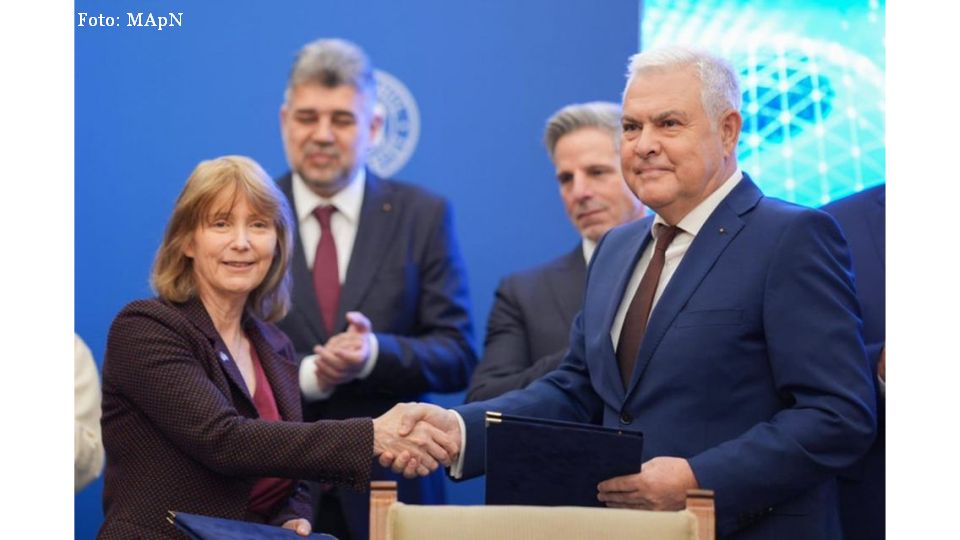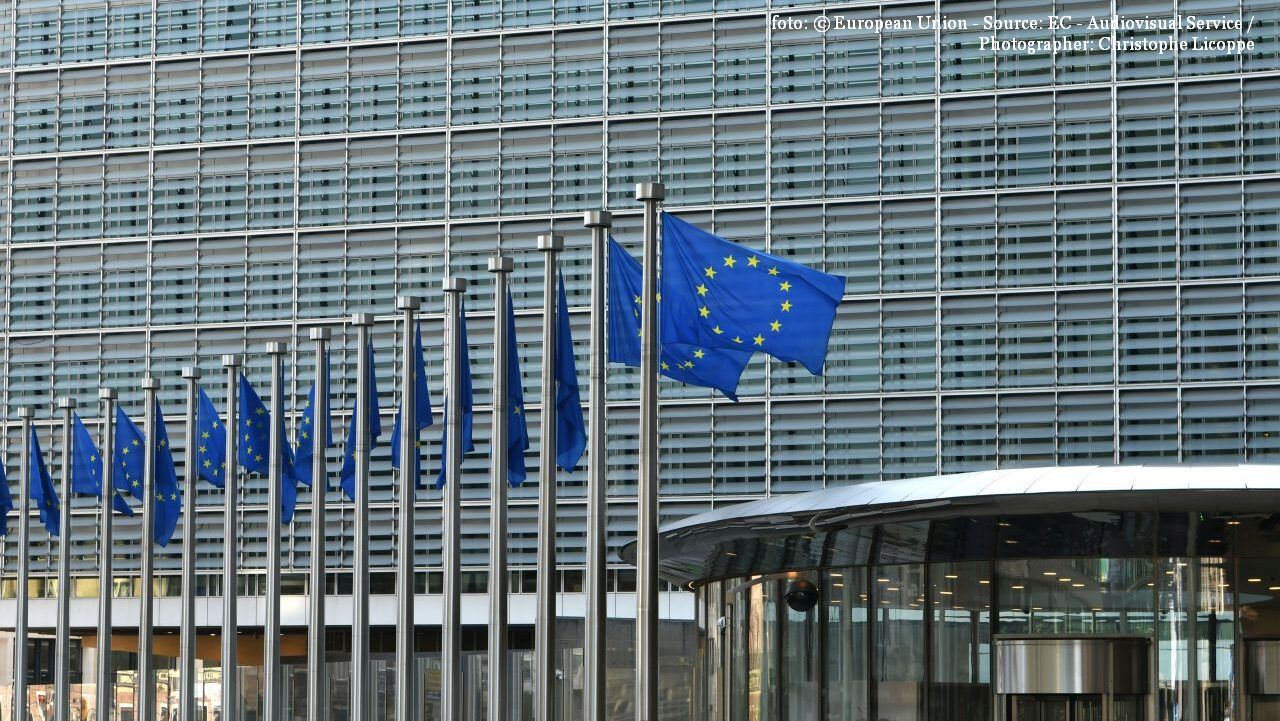Romania’s balance of payments deficit, on the increase
In the first 11 months of last year Romanias balance of payments deficit doubled, as against the same period of 2016.

Mihai Pelin, 16.01.2018, 13:28
Romania’s balance of payment deficit in the first eleven months of last year stood at almost 5.6 billion euros, almost double as compared to the same period of 2016, according to data made public by the National Bank of Romania (BNR). Economic analysts say that it is not this imbalance that is worrisome, but rather the way it is financed. In other words, the difference between the value of imports and that of exports has increased dramatically, to the detriment of the latter. This evolution is not surprising, considering that Romania has been dealing with this problem for over a year, says economic analyst Aurelian Dochia:
“In my opinion, at the moment, although this tendency is being monitored by the authorities and the National Bank, the situation should not be seen as alarming, because the balance of payments deficit, relative to the GDP, is still low, of around 3%, which is way under the level it had when the 2008 economic crisis started, when it accounted for 12% of the GDP. The problem is that the financing of the foreign deficit should be mostly done through direct investment, something that has not happened.”
In short, even if direct foreign investment totaled almost 1 billion euros it is still insufficient to finance the foreign deficit. Consequently, between January and November 2017, the country’s total foreign debt increased by almost 1.5 billion euros. On the other hand, data shows that private consumption in the fourth quarter of last year continues to be the main engine for sustained economic growth. Adding to this is a mediocre contribution of the gross fixed capital formation, probably fuelled by the considerable increase in public expenditure towards the end of the year, but without the risk of exceeding the budget deficit set for 2017, the Central Bank reports.
In the case of net exports, the situation will probably get worse, given the significant increase in the negative trade balance reported in October, which strongly contributed to speeding up the increase in the current account deficit as compared to the same period of 2016. According to Central Bank experts, the current context requires a further adjustment of the monetary policy, by increasing the monetary policy interest rate by 0.25%, to the level of 2%. Moreover, the Central Bank signals the fact that if the absorption of European funds continues to be low and the dynamics of the population’s real available income goes down below the impact of increased inflationist effects, the perspective for economic growth is at risk. (Translated by E. Enache)






























